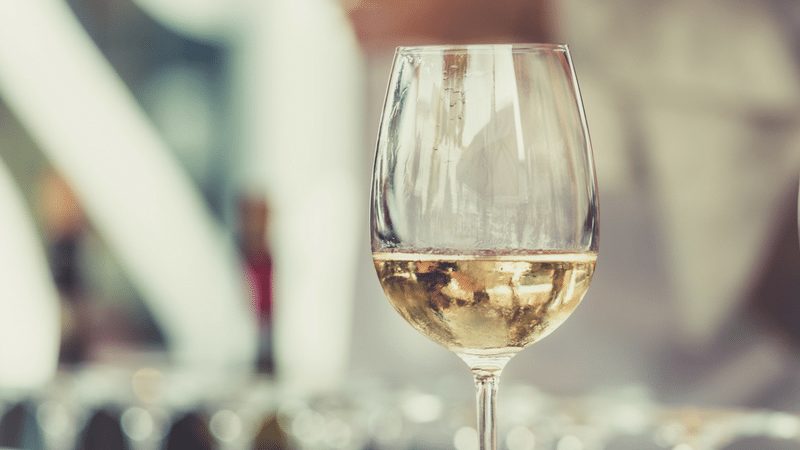Sauvignon Blanc
Episode #2 of the course Wine basics: Top ten wine varietals by Saffron Hickey
Today, our top wine varietal is Sauvignon Blanc (so-vin-yohn blahnk). This white wine grape is an old varietal native to France. Its name originates from the French word sauvage, meaning “wild.” It is the parent grape of Cabernet Sauvignon. Sauvignon Blanc grows well in cooler climates and produces dry, refreshing wines with herbal notes and zingy citrus flavors.
Sauvignon Blanc goes by many names in relation to different regions and styles. Some other names include: white Bordeaux, Sancerre and Pouilly-Fumé (French regions), and Fumé Blanc (a smoky style from oak aging, originated in California).
Major Regions
Sauvignon Blanc is grown extensively worldwide. The most traditional regions are the Loire Valley and Bordeaux in France. Loire Valley Sauvignon Blanc is typically very acidic, light, and herbal. Bordeaux versions have more mineral notes and may be oak aged. In Bordeaux, Sauvignon Blanc is often blended with Sémillon grapes for a fuller body and creamy texture to lower the acidity.
New Zealand is also a large producer, especially in the Marlborough region. New Zealand Sauvignon Blanc is often more aromatic and fruity than French wine. Other significant regions have similar variations based on climate. Sauvignon Blanc can possess flavors of tropical fruit in Chile, green notes in South Africa, and honeydew melon in California.
Characteristics
Note: The scents and tastes people perceive in wine vary greatly depending on individual palates, production methods, climate, and more.
Sweetness: Sauvignon Blanc is usually a crisp, dry wine.
Appearance: Lemon yellow to greenish yellow.
Aromas and flavors: Green apple, gooseberry, lemon, lime, grapefruit, white peach, thyme, basil, grass, bell pepper. Colder climates produce citrus and herbal notes, while warmer climates have stronger fruit flavors. Soil types in certain regions can add mineral notes.
Body: Light- to medium-bodied.
Aging: Sauvignon Blanc is typically fermented in stainless steel or concrete and consumed young to maintain its zesty flavor. Some producers ferment and/or age Sauvignon Blanc in oak barrels for a richer texture and flavors of butter and smoke. However, too much aging can intensify the less-favorable vegetable notes.
Food Pairing
Sauvignon Blanc’s herbal flavors complement dishes with green herbs. Its dryness and acidity pair well with soft cheeses, fish, and grain-based vegetarian dishes. Another tactic is to pair the wine with traditional foods from the same region, such as Loire Valley chèvre.
Selection Guide
Tasting notes by the producer are fairly reliable; if these are not listed on the label, look up the wine on the producer’s website. While certain regions and climates have typical styles, wines will not always conform to those classic characteristics. Remember, varying weather year to year results in flavor inconsistencies between vintages. Opt for a young vintage (up to two years) for crispness or an older (three to four years) vintage for a softer texture.
For a traditional Sauvignon Blanc, choose from a light, herbal Loire Valley wine and a bright, fruity New Zealand wine. For something different, considered a creamier Sauvignon Blanc blended with Sémillon and/or lightly aged in oak.
Tomorrow, learn about the versatile Pinot Grigio/Pinot Gris!
Recommended reading
Prial, Frank J. 2001. Sauvignon Blanc by Any Other Name. New York, NY: The New York Times.
Puckette, Madeline, 2015. Enthusiast’s Guide to Sauvignon Blanc. New York, NY: Wine Folly.
Recommended book
Share with friends

